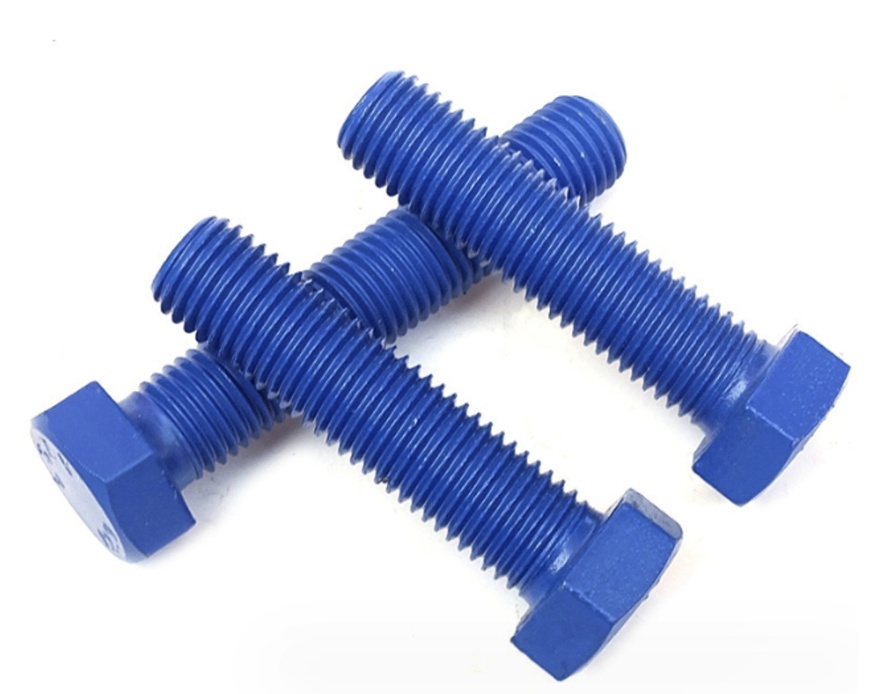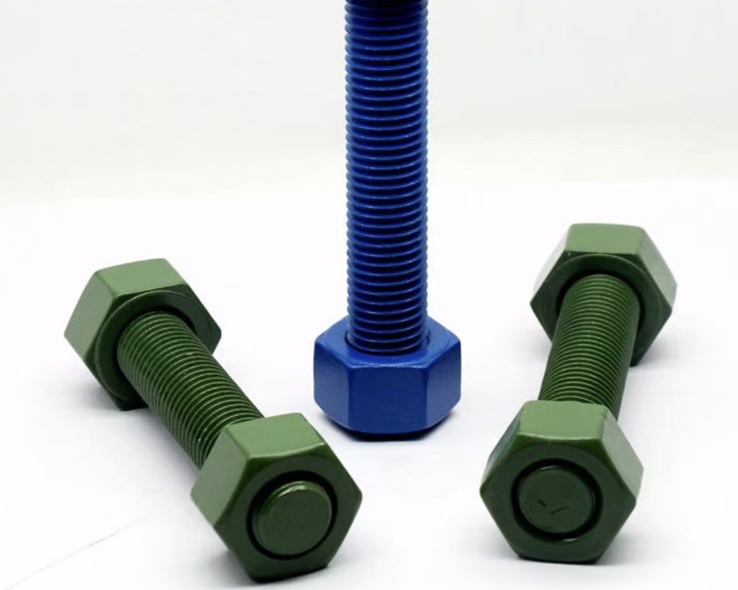Marine Grades Aluminum Alloy 5083/5086/6061
Aluminium is a common metal which has many advantages than others, such as lighter weight, easier to process, and better toughness and corrosion resistance. Of course, although aluminum has good corrosion resistance, It could be corrosive as well. Therefore, it is particularly important to understand the corrosion resistance mechanism of aluminum products. when Aluminum exposed in the air for long time, aluminium will oxided , and aluminum oxide will be a dense film on the aluminum surface, which is also the foundation of corrosion resistance for the Aluminum.
Marine aluminum alloys not only have the advantages of corrosion resistance and lower weight, but also have high formability and easy weldability. Aluminum alloy processing formability is good, in view of the impact of the ship on the water resistance in the process of ocean navigation, it is necessary to pay special attention to the streamlining of the ship, and the characteristics of aluminum alloy easy processing are just to meet, aluminum alloy can be processed into a variety of different types of profiles; Ships require many different types of profiles, and aluminium alloys are easier to weld and can also improve safety by reducing the number of welds
We would like to Introduce the Most common Marine grade Aluminum Alloys
Aluminum 5083
5083 aluminum alloy is an excellent choice for Marine, especially in challenging environments. Many people use it for pressure vessels and marine applications.because it is strong and durable, and it is highly resistant to corrosion.
Basic properties of 5083 aluminum alloys
5083 aluminum alloy belongs to the 5000 aluminum series. Its main source of strength is magnesium. This aluminum alloy cannot be heated to enhance its strength. On the contrary, it becomes stronger when working at low temperatures. This property makes 5083 aluminum alloy easy to weld and has excellent corrosion resistance. Because of these characteristics, many industries like to use it.
This alloy has strong mechanical properties. It has a high tensile strength. It also has good formability and strong weldability. These properties make it ideal for many industries. It excels in harsh conditions and challenging environments.
5083 aluminum alloy is an excellent choice for the marine industry. It has good corrosion resistance, especially to seawater. Its strength allows it to cope with harsh marine conditions with minimal maintenance. This makes it an ideal material for shipbuilding and other marine applications.
5083 Plate,Aluminum 5083 Pipes,Aluminum 5083 Elbow,5083 Flanges are widely used in Ship building applications.
Here are some common uses in the marine sector:
Fabrication of hulls for small and medium-sized boats and yachts.
Construction of terraces and railings
Production of fuel tanks and storage containers.
Manufacture parts for nautical equipment and accessories
Aluminum 5086
5086 aluminum alloy is a mixture of aluminum and magnesium. It also contains small amounts of manganese and chromium. This alloy is not prone to rust in seawater and plant chemicals. As a result, it also works well in harsh conditions.
5086 aluminum alloy is known for its strong ability to handle harsh environments. It has good weldability and solid mechanical properties. This makes it a reliable choice for many industrial uses, low-temperature work, and other applications.
5086 Application of Aluminum Alloy
Vessel structure
Pressure vessels
Paneling
Welded construction
Furniture use
Aluminum 6061
Used for marine 6061 Pipes,fittings and hardware, 6061 contains magnesium and silicon for a precipitation-hardened alloy. This marine grade aluminum alloy has tremendous weldability, good mechanical properties, and is one of the most common alloys for general purpose use.
Aluminum alloy 6061 is popular due to its good flexibility and strength. Its strength comes mainly from two alloying elements: magnesium and silicon. This blend gives 6061 aluminum a variety of advantages. It has good corrosion resistance and machinability, and easy to weld.
6061 aluminum resists rust and forms a protective layer on its surface, making it ideal for outdoor use and harsh environments. It also conducts heat very well, making it suitable for jobs that require heat dissipation.
How to Select the Aluminum Alloy grade for maine Ship buidling?
Marine aluminum alloys are characterized by their properties, uses, and chemical composition
Aluminum alloy for ships can be divided into aluminum alloy for hull structure and aluminum alloy for outfitting according to use, the aluminum alloy used in the hull structure is mainly 5083, 5086 and 5456 These 3 alloys, 6061 alloy is mainly used for the superstructure of the ship due to intergranular corrosion in seawater, outfitting aluminum alloy is mainly used for extrusion profiles, 7000 series alloy heat treatment strength and process performance is better than 5000 series alloy, in shipbuilding application prospects, It is mainly used for ship superstructure, such as extrusion structure, armor plate, etc., but the disadvantage of 7000 alloy is that the stress corrosion resistance is poor, so it limits the use range of this alloy.
| Category | Alloy | Condition | Chemical Composition (JIS Standard) | Characteristics | Applications |
| For Hull Use | 5052 | O, H14, H34 | Aluminum (Al): Balance; Silicon (Si): ≤0.25; Copper (Cu): ≤0.10; Magnesium (Mg): 2.2–2.8; Zinc (Zn): ≤0.10; Manganese (Mn): ≤0.10; Chromium (Cr): 0.15–0.35; Iron (Fe): ≤0.40 | Medium strength, good corrosion resistance and formability, high fatigue strength | Superstructure, auxiliary components, small boat hulls |
| 5083 | O, H112 | Aluminum (Al): Balance; Silicon (Si): ≤0.40; Copper (Cu): ≤0.10; Magnesium (Mg): 4.0–4.9; Zinc (Zn): ≤0.25; Manganese (Mn): 0.40–1.0; Titanium (Ti): ≤0.15; Chromium (Cr): 0.05–0.25; Iron (Fe): 0–0.400 | A typical welding aluminum alloy, highest strength among non-heat-treatable alloys, good weldability, corrosion resistance and low-temperature performance | Main hull structure | |
| 5086 | H32, H34 | Aluminum (Al): Balance; Silicon (Si): ≤0.40; Copper (Cu): ≤0.10; Magnesium (Mg): 3.5–4.5; Zinc (Zn): ≤0.25; Manganese (Mn): 0.20–0.7; Titanium (Ti): ≤0.15; Chromium (Cr): 0.05–0.25; Iron (Fe): 0–0.500 | Weldability and corrosion resistance are the same as 5083, slightly lower strength, improved extrudability | Main hull structure (thin-walled wide-width extruded profiles) | |
| 6061 | T6 | Copper (Cu): 0.15–0.4; Manganese (Mn): 0.15; Magnesium (Mg): 0.8–1.2; Zinc (Zn): 0.25; Chromium (Cr): 0.04–0.35; Titanium (Ti): 0.15; Silicon (Si): 0.4–0.8; Iron (Fe): 0.7; Aluminum (Al): Balance | A heat-treatable corrosion-resistant alloy, high strength, but low strength of weld seams—mainly used for screwed and riveted structures not in contact with seawater | Superstructure, partition structure, framework, etc. |


